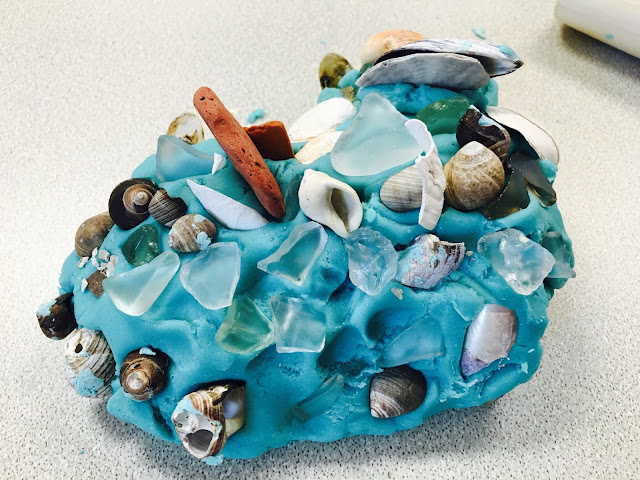"All children are born as creative beings, curious about the world
and keen to experiment and discover new things"
The Theory of Loose parts is an idea adapted from architectural design that suggests that materials that can be moved around, designed and resigned, and tinkered with create more opportunities for creative engagement.
In preschool loose parts encourage open-ended learning. They can be used and manipulated in many ways encouraging creativity and imagination. They provide many opportunities for visual discrimination, fine motor practice, language, and story telling.
In our classroom, loose parts started as a source of rich, descriptive language as the children engaged with the treasures. Here are some examples of the language they used:
shiny green rock
stinky flower
big acorn
broken
stick balls
nice, flat, green rock
little tiny button
The preschoolers experimented with hitting and rubbing different parts together to create sounds. They explored their physical properties noticing if they were rough or smooth- "When you rub it on your face it feels good". The loose parts started conversations connecting their own experiences "I have a shell I found that's tiny like this". They use fine motor muscles to pick up and manipulate the small pieces while balancing and exploring sizes while finding what would fit inside.
As the year progressed loose parts were incorporated into play-doh, math, and block activities in the classroom.
I




















